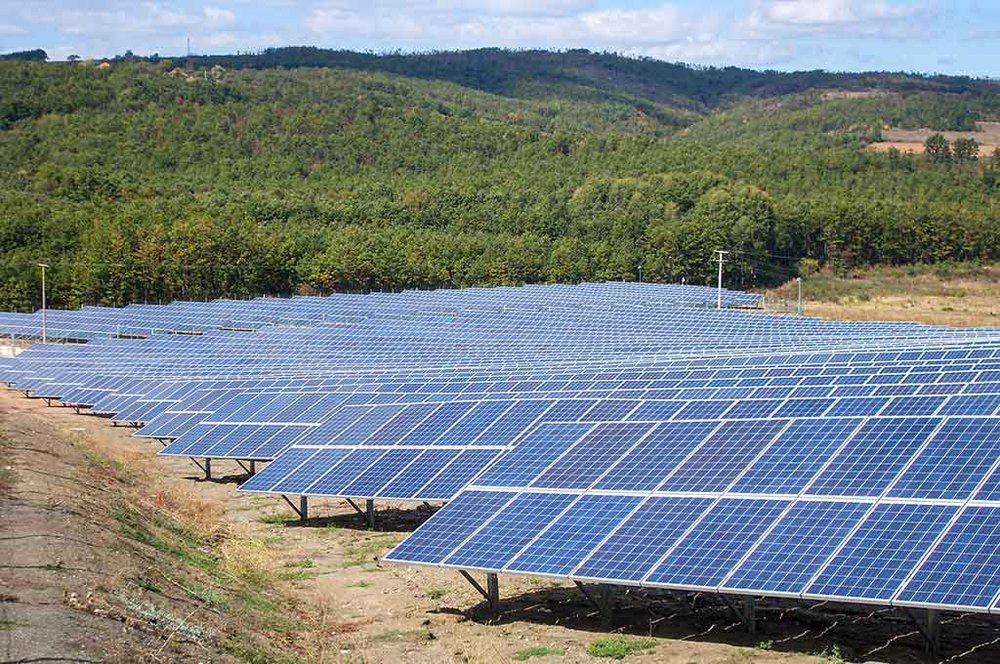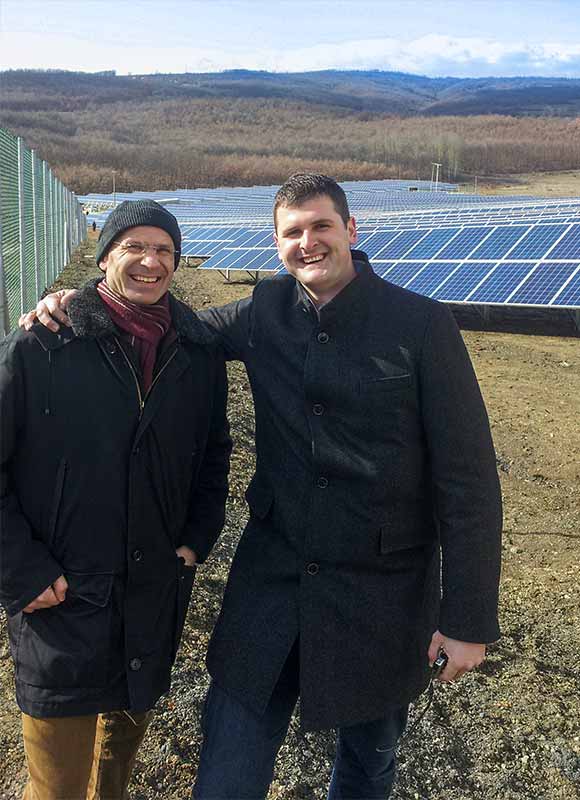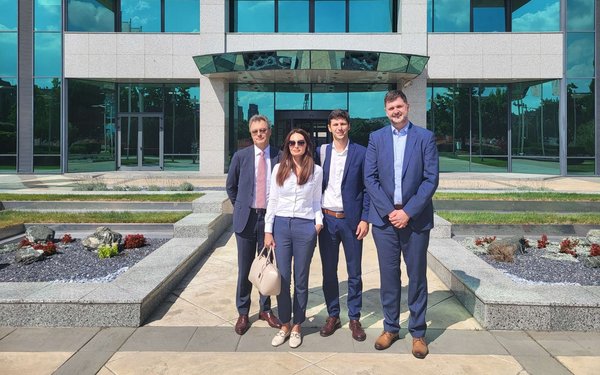This credit line will serve to extend loans to micro, small and medium-sized enterprises (MSMEs), public utility companies and municipalities in Serbia to finance green investments.
As the Implementation Consultant, MACS will support Banca Intesa with the enhancement of processes for green loan products, train the Bank’s staff on the technical aspects of green finance and how to promote green loan products, and carry out simplified energy audits and impact analysis of green investments.
In top of that, MACS will support the Bank to enforce their environmental and social policies for green lending activities together with ERM as subconsultant.
Besides the support to Banca Intesa and final beneficiaries, MACS will provide assistance as well to the Ministry of Environmental Protection. The MoEP will be the Institutional partner in the Green Economy Facility project, focusing on the task to increase the general awareness of MSMEs and the Public sector for “green” investments through workshops, conferences and other public events that will promote environmental protection investments. MACS will support the Ministry with the organization of promotional events.
The technical assistance provided through MACS will be financed by grant funds provided by the German Financial Cooperation through KfW.


